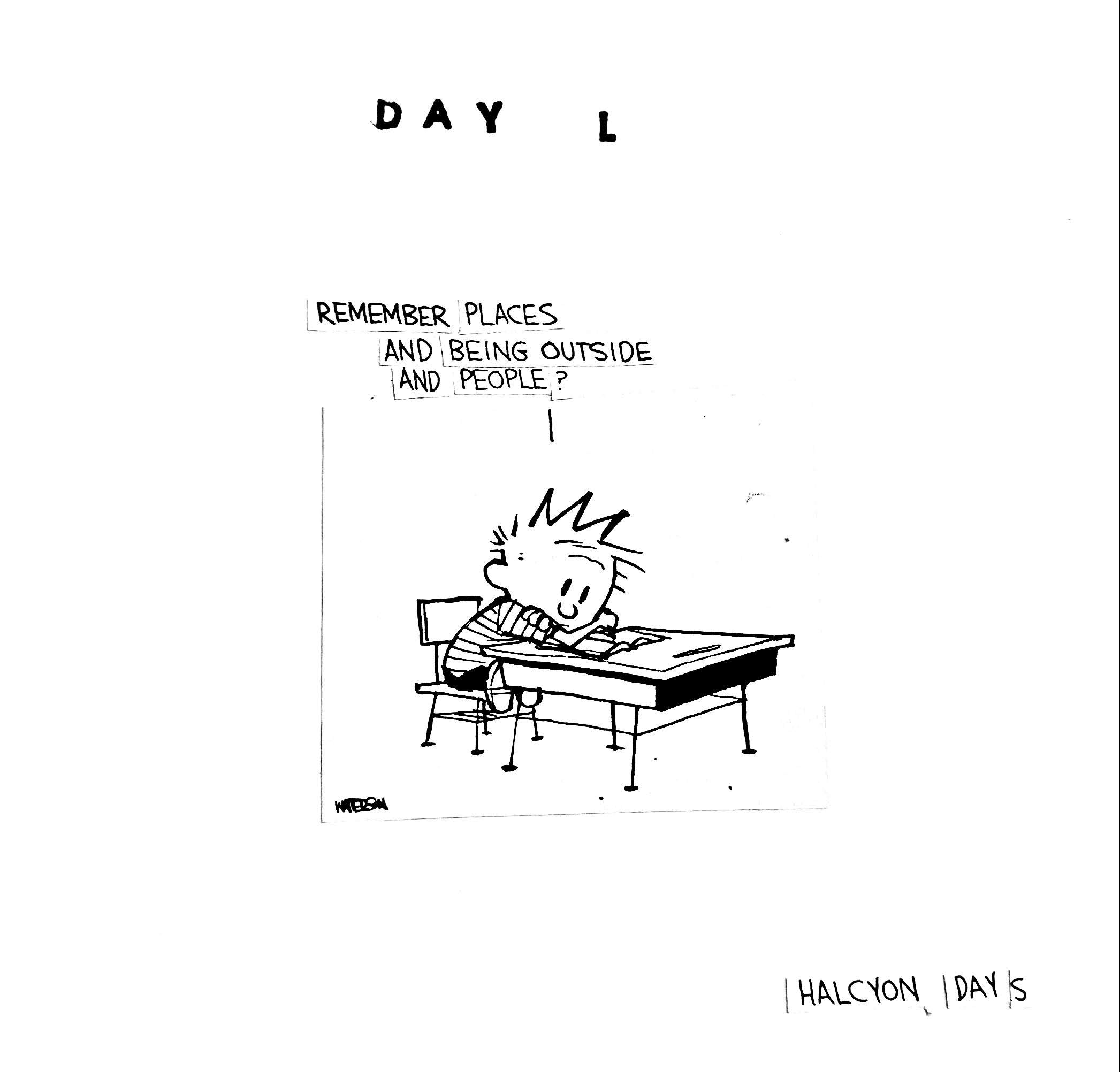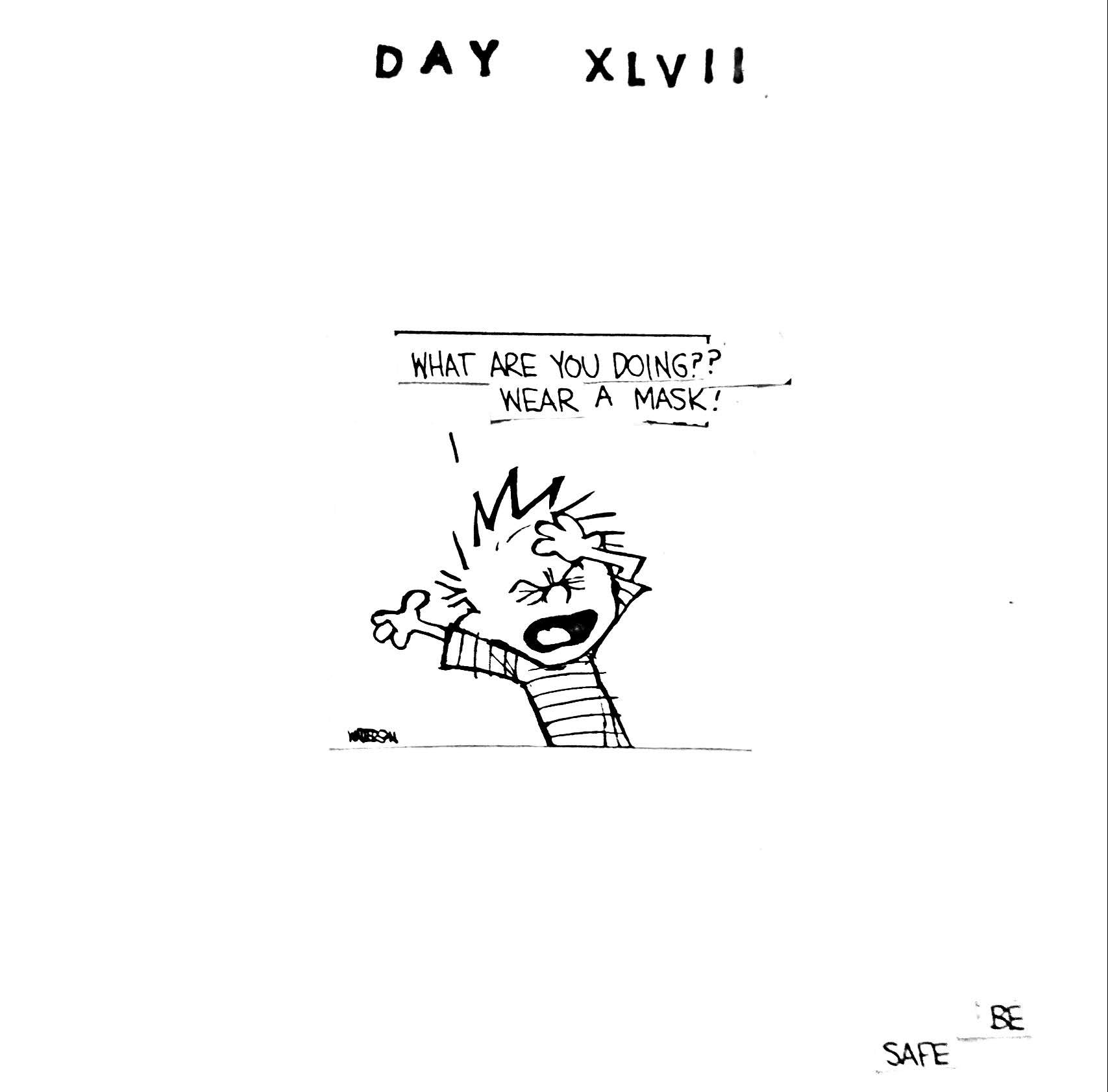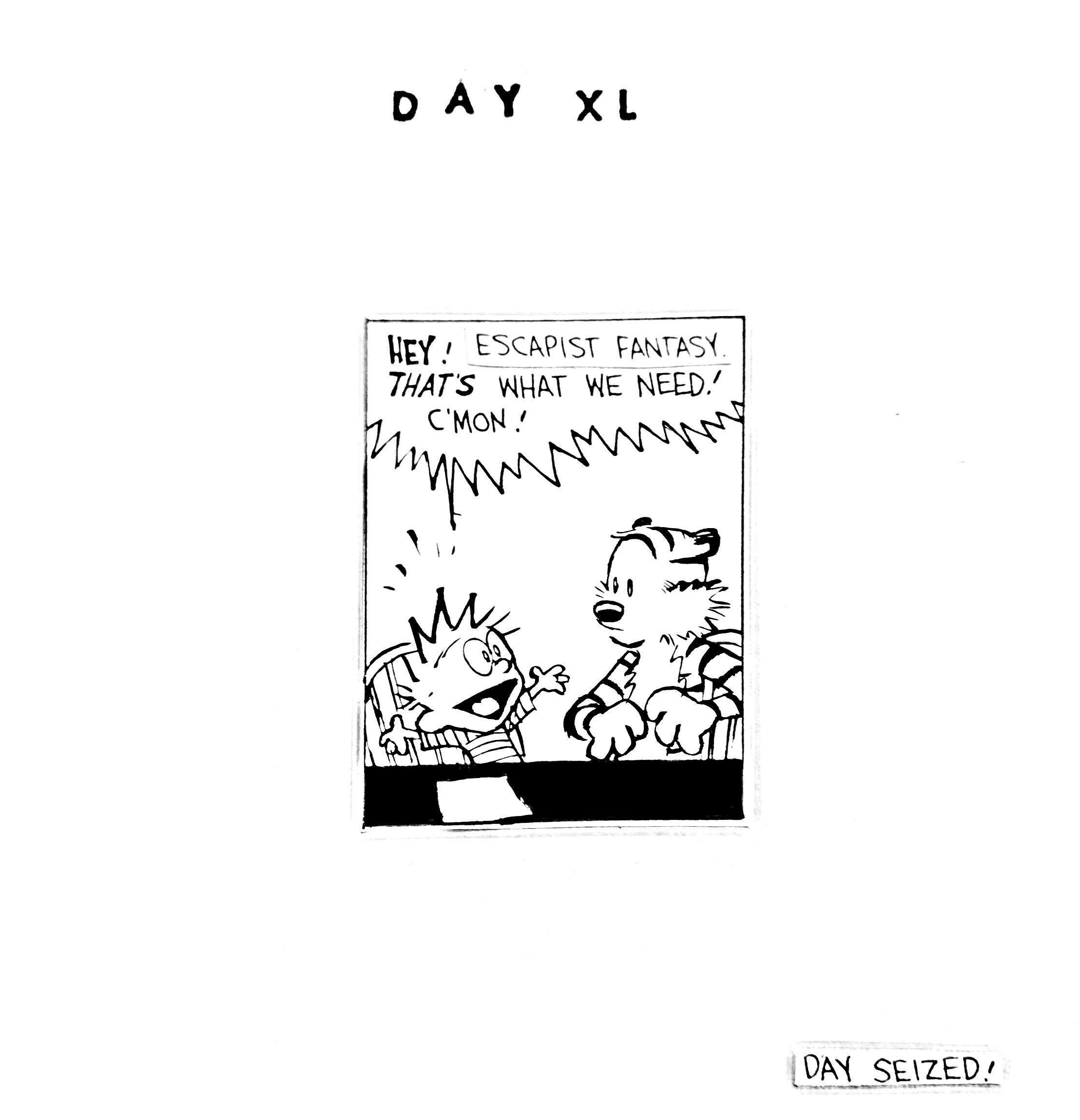This website uses cookies so that we can provide you with the best user experience possible. Cookie information is stored in your browser and performs functions such as recognising you when you return to our website and helping our team to understand which sections of the website you find most interesting and useful.
Author: Ingrid Murray
-
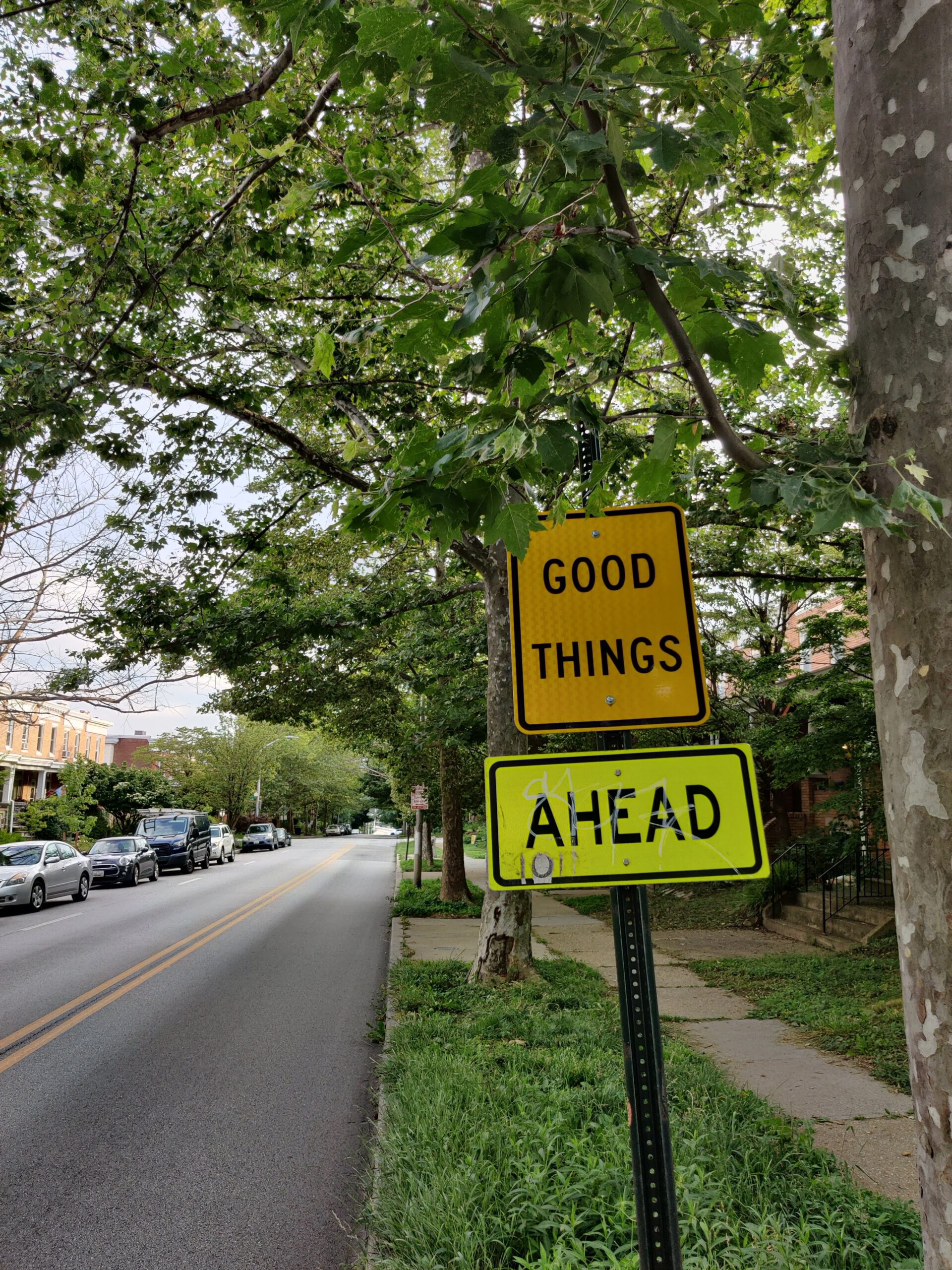
Life Lately
•
The weight of the world is heavy. Still, there are glimpses of joy to be found… If you’re interested, here’s what I’ve been reading, listening to, and watching lately.
-
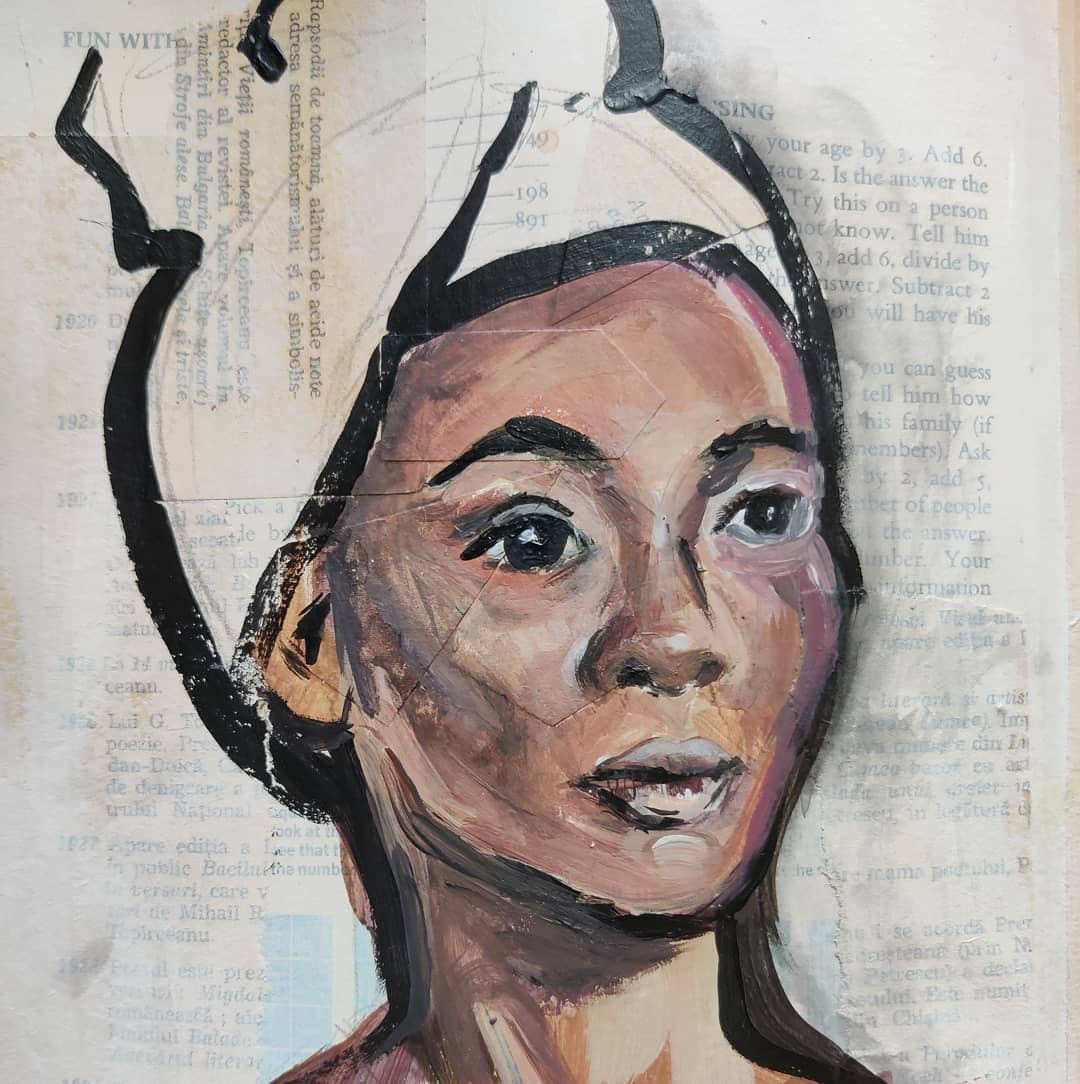
Resources for Understanding & Action
•
Today is Juneteenth, and I wanted to share some resources for white people that I’ve found helpful in my own journey of unlearning, growing, and understanding the complexity of racism in our society.
